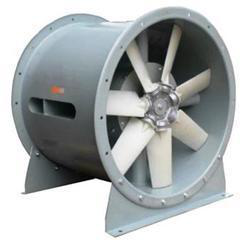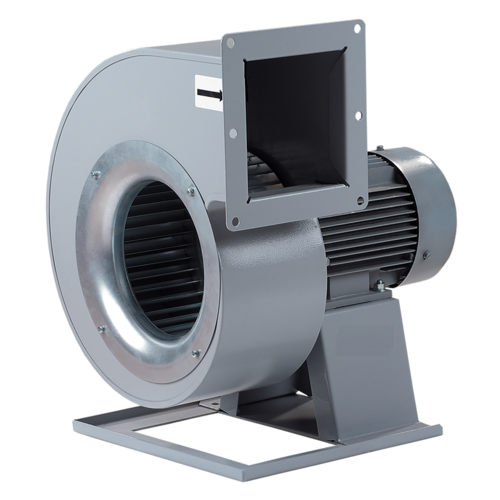There are two primary varieties of fan, axial fans and centrifugal fans. The design and function of a centrifugal fan is very different from those of an axial fan. Their differences make them each suited for different applications and customers are sometimes unclear as to which fan type will best suit their needs. To help clear up that confusion, here is a breakdown of the fan types, their benefits, and their uses.
Axial fans
Axial fans are named for the direction of the airflow they create. Blades rotating around an axis draw air in parallel to that axis and force air out in the same direction. Axial fans create airflow with a high flow rate, meaning they create a large volume of airflow. However, the airflows they create are of low pressure. They require a low power input for operation.

Centrifugal Fans
Often called blowers, centrifugal fans vary differently from axial fans. The pressure of an incoming airstream is increased by a fan wheel, a series of blades mounted on a circular hub. Centrifugal fans move air radially-the direction of the outward flowing air is changed, usually by 90°C, from the direction of the incoming air. The airflow created by centrifugal fans is directed through a system of ducts or tubes. This helps create a higher pressure airflow than axial fans. Despite a lower flow rate, centrifugal fans create a steadier flow of air than axial fans. Centrifugal fans also require a higher power input.

Applications- Axial
Beecause of the low-pressure high-volume airflows they create, axial fans are best suited for general purpose applications.
Applications- Centrifugal
Because of the high pressure they create, centrifual fans are ideal for high pressure applications such as drying and air conditoning systems.
Even within the categories of axial or centrifugal fans, there is a great amount of variation between models, all suited for different uses.